Home>Articles>What Are The Safety Precautions In Doing Plumbing Jobs
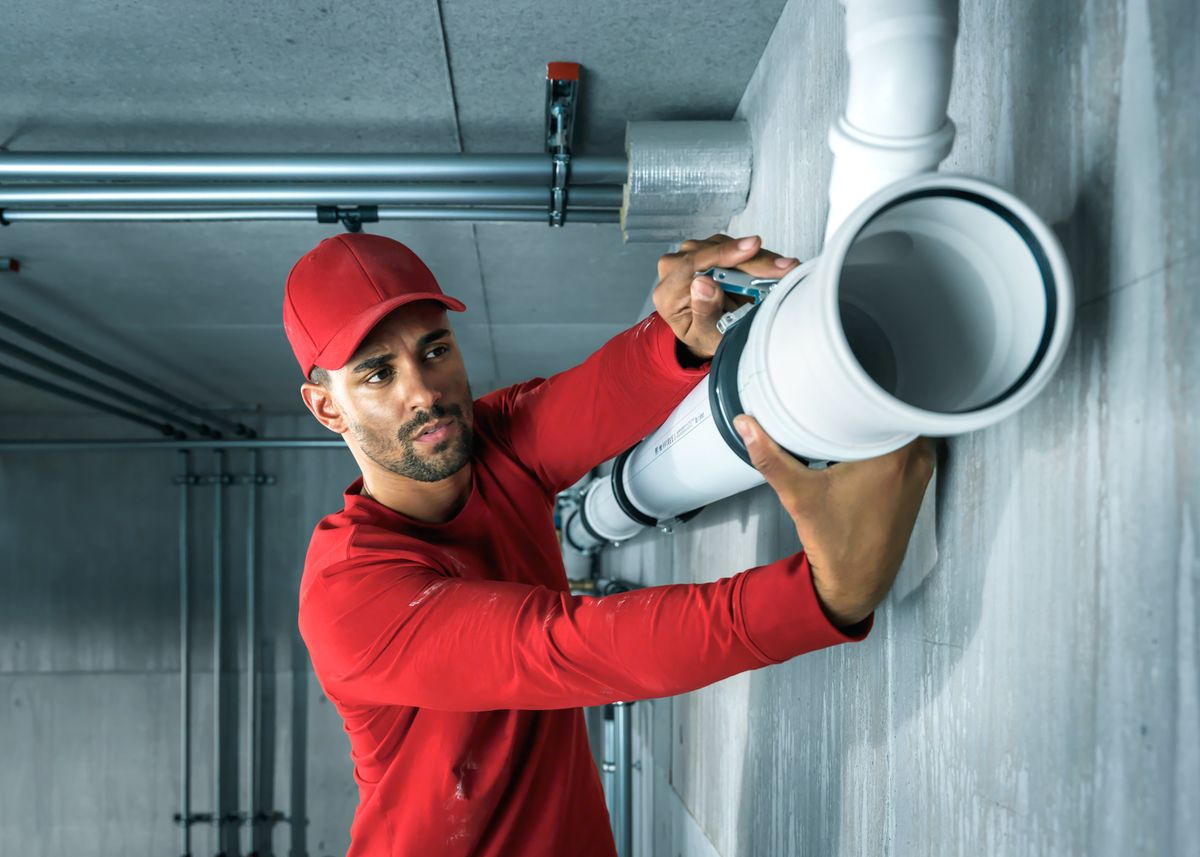

Articles
What Are The Safety Precautions In Doing Plumbing Jobs
Modified: August 31, 2024
Learn the essential safety precautions to follow when performing plumbing jobs. Read our informative articles to ensure a secure and accident-free plumbing experience.
(Many of the links in this article redirect to a specific reviewed product. Your purchase of these products through affiliate links helps to generate commission for Storables.com, at no extra cost. Learn more)
Introduction
When it comes to plumbing jobs, ensuring safety should be a top priority. Whether you’re a professional plumber or a DIY enthusiast, understanding and implementing the right safety precautions is crucial. Plumbing work can involve various hazards, including sharp objects, electrical risks, and exposure to chemicals. By following proper safety procedures, you can protect yourself from accidents and injuries while performing plumbing tasks.
This article aims to provide an overview of the essential safety precautions to take when doing plumbing jobs. From personal protective equipment (PPE) to identifying potential hazards and practicing safe working techniques, we will explore all the necessary steps to ensure a safe plumbing experience. Additionally, we will discuss the proper handling of hazardous materials and emergency preparedness to deal with unexpected situations.
By incorporating these safety measures into your plumbing routine, you can not only keep yourself safe but also complete your jobs efficiently. So let’s dive into the details of how to stay safe while working on plumbing tasks.
Key Takeaways:
- Prioritize safety in plumbing jobs by wearing proper PPE, identifying hazards, and following safe working practices. This ensures a secure and efficient work environment while minimizing the risk of accidents and injuries.
- Effective handling of hazardous materials and emergency preparedness are crucial in plumbing jobs. By following safety precautions and being prepared for unexpected situations, you can protect yourself, others, and the environment while ensuring the success of your work.
Read more: How To Bid Plumbing Jobs
Safety Precautions in Plumbing Jobs
Plumbing jobs may involve various risks and hazards. To protect yourself and ensure a safe working environment, it is important to follow specific safety precautions. Let’s explore some of the essential safety measures to implement when working on plumbing tasks.
Personal Protective Equipment (PPE)
One of the key safety precautions in plumbing jobs is wearing the appropriate personal protective equipment (PPE). PPE helps protect your body from potential hazards and injuries. Some essential PPE for plumbing work includes:
- Eye Protection: Wear safety goggles or glasses to shield your eyes from debris, chemicals, and other substances.
- Gloves: Choose gloves made of the appropriate material to protect your hands from cuts, scrapes, burns, and exposure to chemicals.
- Respiratory Protection: In situations where there may be dust, fumes, or airborne particles, use appropriate respiratory masks or respirators.
- Safety Footwear: Wear steel-toed boots or other safety shoes to protect your feet from falling objects, sharp objects, and potential electrical hazards.
Identifying Potential Hazards
Before starting any plumbing job, it is crucial to identify potential hazards in the work area. Some common hazards in plumbing include electrical risks, chemical exposure, and falling objects. Here are some steps to help you identify and address potential hazards:
- Assessing the Work Area: Look for any potential dangers such as exposed wires, wet floors, or unstable surfaces. Take necessary precautions to mitigate the risks.
- Recognizing Electrical Risks: Ensure that the power supply to the area where you’re working is turned off. If working near electrical sources, use insulated tools and follow proper electrical safety protocols.
- Identifying Chemical Hazards: Be aware of any chemicals involved in your plumbing tasks. Read labels, follow safety data sheets, and properly store and handle chemicals to prevent accidents or exposure.
- Identifying Falling Object Hazards: Secure and stabilize any potential falling objects, such as heavy equipment, pipes, or tools, to prevent accidents and injuries.
Safe Working Practices
Adopting safe working practices is essential to minimize the risk of accidents or injuries during plumbing jobs. Here are some best practices to incorporate into your plumbing routine:
- Securing the Work Area: Create a clear and safe work area by removing any clutter, tripping hazards, or obstacles that can interfere with your task.
- Proper Tool Handling: Handle tools with care, ensuring that you use them for their intended purpose. Inspect tools for any damage or defects before use.
- Safe Lifting Techniques: When lifting heavy objects, use proper lifting techniques to avoid strains or injuries. Bend your knees, keep your back straight, and get assistance if needed.
- Maintaining Good Posture: Maintain good posture while working to reduce the risk of strains and fatigue. Take regular breaks to rest and stretch your muscles.
- Using Proper Plumbing Techniques: Follow established plumbing practices and guidelines when installing or repairing fixtures to ensure stability and prevent leaks or other issues.
Handling Hazardous Materials
Plumbing jobs often involve working with hazardous materials such as chemicals and solvents. It is essential to handle these materials safely to prevent accidents and minimize health risks. Here are some tips for proper handling of hazardous materials:
- Effective Handling of Chemicals: Read product labels, follow instructions, and use appropriate protective measures, such as wearing gloves and working in a well-ventilated area.
- Proper Disposal Procedures: Dispose of hazardous materials properly according to local regulations and guidelines to prevent environmental contamination.
- Preventing Contamination: Keep hazardous materials away from food, water sources, and other non-compatible substances to avoid contamination and health risks.
Emergency Preparedness
Being prepared for emergencies is crucial in plumbing jobs, as accidents or unforeseen situations may occur. Here are some considerations for emergency preparedness:
- First Aid Training: Obtain first aid training to address minor injuries or provide immediate care before professional medical help arrives.
- Knowing Emergency Exits and Fire Safety: Familiarize yourself with the location of emergency exits, fire extinguishers, and evacuation routes in the work area.
- Dealing with Flooding or Water Damage: Know how to shut off water supplies and implement strategies to prevent further damage in the event of a plumbing emergency.
By implementing these safety precautions in your plumbing jobs, you can significantly reduce the risk of accidents, injuries, and health hazards. Prioritizing safety not only protects you but also contributes to the overall success and quality of your plumbing work.
Remember, following proper procedures and taking necessary safety measures should always be a top priority when working on plumbing tasks.
Personal Protective Equipment (PPE)
Personal Protective Equipment (PPE) is essential when working on plumbing jobs to ensure your safety and protect yourself from potential hazards. Here are some key types of PPE that should be used in plumbing work:
Eye Protection
Eye protection is crucial when working with plumbing tools and equipment that may generate debris, dust, or chemical splashes. Safety goggles or glasses with impact-resistant lenses should be worn to shield your eyes from potential injury. It is important to choose eye protection that meets the appropriate safety standards and provides a comfortable fit to ensure maximum effectiveness.
Gloves
Gloves are an essential part of PPE when working on plumbing tasks. They protect your hands from cuts, scrapes, burns, and exposure to chemicals. There are different types of gloves available, including rubber gloves for handling chemicals, insulated gloves for electrical work, and cut-resistant gloves for sharp objects. Ensure that the gloves fit properly and provide adequate dexterity to perform your plumbing tasks safely.
Respiratory Protection
In certain plumbing scenarios where there may be dust, fumes, or airborne particles, respiratory protection is necessary to protect your lungs. This is especially important when working with materials such as asbestos insulation or when using chemicals that emit vapors or strong odors. Respiratory masks or respirators with appropriate filters should be used to prevent inhalation of hazardous substances. It is important to select the right type of respiratory protection and follow the manufacturer’s instructions for proper use and maintenance.
Safety Footwear
Safety footwear, such as steel-toed boots or shoes, is essential to protect your feet from potential hazards in plumbing work. These hazards may include falling objects, electrical shocks, or sharp objects on the work site. Safety footwear should meet industry standards for impact resistance and have slip-resistant soles to prevent slips and falls. It is important to wear shoes that fit properly and provide good ankle support to further enhance safety and reduce the risk of foot injuries.
When using personal protective equipment, it is important to regularly inspect and maintain it. Check for any signs of wear or damage and replace any equipment that is no longer in good condition. Additionally, always follow manufacturer guidelines and instructions for proper use and storage of PPE.
Remember, personal protective equipment is your first line of defense against potential injuries and hazards while working on plumbing jobs. By wearing the appropriate eye protection, gloves, respiratory protection, and safety footwear, you can significantly minimize the risk of accidents and ensure a safe working environment.
Identifying Potential Hazards
Before starting any plumbing job, it is important to identify potential hazards in the work area to ensure a safe environment. By being aware of the risks involved, you can take necessary precautions and prevent accidents. Here are some key steps to help you identify potential hazards in plumbing jobs:
Read more: What Do You Do At A Home Security Jobs
Assessing the Work Area
Begin by assessing the work area to identify any potential dangers. Look for hazards such as wet floors, unstable surfaces, or tripping hazards like tools, debris, or cables. It is important to create a clear and safe work area by removing any clutter and securing loose items that can cause accidents. Take the time to ensure that the work area is well-lit and easy to navigate, minimizing the risk of slips, trips, and falls.
Recognizing Electrical Risks
Electrical risks are common in plumbing jobs, especially when working near power sources or handling electrical equipment. It is crucial to recognize and address these risks to prevent electrical accidents. Before starting any plumbing task, ensure that the power supply to the area is turned off and the circuit breaker is properly locked or tagged. Inspect all electrical cords and equipment for any signs of damage or fraying. Use insulated tools and gloves when working with electrical components, and never work on electrical systems unless you have the proper training and qualifications.
Identifying Chemical Hazards
Plumbing jobs often involve the use of chemicals such as solvents, adhesives, or drain cleaners. It is important to be aware of the potential hazards these chemicals may pose and take appropriate safety measures. Read product labels and safety data sheets to understand the proper handling and storage procedures for each chemical. Identify proper ventilation requirements and ensure that the work area is properly ventilated to minimize exposure to harmful fumes. Wear appropriate personal protective equipment, such as gloves and respiratory protection, when working with chemicals, and make sure to dispose of them properly according to local regulations.
Identifying Falling Object Hazards
Falling objects can present a significant hazard in plumbing jobs, especially when working in areas with overhead pipes or equipment. Identify any potential falling object hazards and take preventive measures to minimize the risk. Secure pipes, tools, and equipment using appropriate clamps, brackets, or scaffolding to prevent them from falling. Use caution when working above others and always wear a hard hat to protect yourself from potential head injuries. If working in a confined space, be mindful of objects that may inadvertently fall or shift during the job.
By assessing the work area, recognizing electrical risks, identifying chemical hazards, and being cautious of falling object hazards, you can significantly reduce the risk of accidents and create a safer working environment for plumbing jobs. Implementing these practices will help ensure that your plumbing tasks are completed safely and without incident.
Safe Working Practices
Implementing safe working practices is essential in plumbing jobs to prevent accidents, injuries, and ensure a successful outcome. By following these practices, you can minimize the risk of mishaps and maintain a safe work environment. Let’s explore some key safe working practices to incorporate into your plumbing routine:
Securing the Work Area
Securing the work area is an important step in ensuring a safe plumbing job. Clear the work area of any unnecessary clutter, debris, or potential tripping hazards. Keep walkways and access points clear and well-lit. Marking or barricading the work area can prevent others from accidentally entering and causing disruptions or accidents. By creating a clean and organized work environment, you can reduce the risk of slips, trips, falls, and other accidents.
Proper Tool Handling
Proper tool handling is crucial for both your safety and the quality of your work. Always use the right tools for the job and ensure that they are in good condition. Inspect tools regularly for any signs of wear, damage, or malfunction, and replace them as necessary. When not in use, store tools properly to prevent accidents and injuries caused by loose, unsecured tools. Additionally, use tools according to their intended purpose and follow manufacturer guidelines for safe operation.
Safe Lifting Techniques
Plumbing jobs often require lifting heavy objects such as pipes, fixtures, or equipment. Using safe lifting techniques helps prevent strains, sprains, and other musculoskeletal injuries. When lifting heavy objects, bend your knees, keep your back straight, and use your leg muscles to lift the load. Avoid twisting or jerking motions while lifting. If an object is too heavy to lift alone, ask for assistance or use mechanical lifting aids like pulleys or hoists. Take regular breaks to rest and stretch during prolonged or repetitive lifting tasks.
Maintaining Good Posture
Maintaining good posture while working is important for reducing the risk of strains and injuries. Avoid slouching, hunching over, or maintaining awkward positions for extended periods. Keep your back straight and supported. If you need to work in a kneeling position, use knee pads to prevent knee pain or injury. Take regular breaks to stretch and move around, as prolonged periods of static posture can lead to muscle fatigue and discomfort.
Using Proper Plumbing Techniques
Using proper plumbing techniques is essential for the safety and effectiveness of your work. Follow established plumbing practices and guidelines for installation, repair, and maintenance tasks. This includes using the correct fittings, seals, and connectors, as well as following recommended torque specifications. Adhere to manufacturer instructions for using sealants, adhesives, and other plumbing materials. Pay attention to details to ensure leak-free and structurally sound plumbing systems. If you are unsure about a particular technique or procedure, seek guidance from experienced professionals or consult reliable plumbing resources.
By incorporating these safe working practices into your plumbing routine, you can significantly reduce the risk of accidents, injuries, and ensure the quality and success of your plumbing jobs. Remember, safety should always be your top priority, and taking the time to follow safe working practices will lead to long-term benefits for yourself, your clients, and the overall integrity of your work.
Handling Hazardous Materials
Handling hazardous materials safely is crucial in plumbing jobs to protect yourself, others, and the environment. Plumbing tasks often involve working with chemicals, solvents, and other potentially dangerous substances. By following proper procedures, you can minimize the risk of accidents, injuries, and environmental contamination. Here are some key considerations for handling hazardous materials in plumbing work:
Effective Handling of Chemicals
When working with chemicals, it is important to take appropriate precautions to ensure your safety. Read and follow the product labels and safety data sheets (SDS) for each chemical you use. Wear the necessary personal protective equipment such as gloves, goggles, and clothing to protect against direct contact or exposure. Use chemicals in well-ventilated areas to minimize inhalation of fumes and follow established guidelines for dilution or mixing.
It is also important to safely store chemicals in designated areas, away from other incompatible substances. Properly seal containers and ensure they are labeled accurately to prevent accidental spills or confusion. If you are unsure about the properties or handling of a specific chemical, consult the manufacturer or seek guidance from a professional who specializes in chemical safety.
Read more: What Is The Hardest Construction Job
Proper Disposal Procedures
Proper disposal of hazardous materials is crucial to prevent environmental pollution and ensure compliance with regulations. Follow local disposal guidelines and regulations when disposing of chemicals, solvents, or other hazardous waste. Some chemicals may require special handling or treatment before disposal. Never dispose of hazardous substances down drains, toilets, or storm drains as they may contaminate water sources.
Preventing Contamination
Preventing contamination is an important aspect of handling hazardous materials. Keep chemicals and other potentially hazardous materials away from food, water sources, or areas where cross-contamination can occur. Use separate containers and tools for each chemical to avoid mixing or accidental reactions. Regularly clean and decontaminate work surfaces, tools, and equipment to prevent potential chemical buildup or residue that could lead to future contamination.
Remember, the effective handling of chemicals, proper disposal procedures, and preventing contamination are essential practices when working with hazardous materials in plumbing jobs. By following these guidelines, you can ensure your safety, protect the environment, and maintain high standards of professionalism in your work.
Emergency Preparedness
Emergency preparedness is crucial in plumbing jobs to ensure the safety of yourself, your team, and the property you are working on. Plumbing tasks can sometimes present unexpected situations, such as injuries, fires, or flooding. By being prepared and knowing how to respond to these emergencies, you can minimize the potential damage and ensure a swift and effective response. Here are some key aspects of emergency preparedness in plumbing jobs:
First Aid Training
Having proper first aid training is essential for addressing minor injuries and providing immediate care in emergency situations. Ensure that you and your team members are trained in basic first aid techniques, such as CPR, wound care, and dealing with burns or electrical shocks. It is also important to have a well-stocked first aid kit readily available on site, and to periodically check and replenish its contents.
Read more: What Is The Job Of A Landscape Architect
Knowing Emergency Exits and Fire Safety
Being familiar with the location of emergency exits and understanding fire safety protocols is important in case of an emergency. Take the time to identify the nearest emergency exits and ensure they are unobstructed and easily accessible. Familiarize yourself and your team with fire safety procedures, including how to use fire extinguishers and when to evacuate the area. It is recommended to have fire extinguishers strategically placed throughout the work area and to have them regularly inspected and maintained.
Dealing with Flooding or Water Damage
Plumbing jobs sometimes involve working with water, which can result in potential flooding or water damage. It is important to know how to handle these situations to prevent further damage. In the event of a plumbing emergency causing flooding, quickly shut off the water supply to stop the flow. Identify the main shut-off valve for the property and know how to operate it. If necessary, use sandbags or other barriers to redirect or contain the water. Assess the extent of the damage and take appropriate steps, such as contacting a restoration company or insurance provider, to mitigate further damage and begin the clean-up process.
By prioritizing emergency preparedness, including having the appropriate first aid training, knowledge of emergency exits and fire safety protocols, and the ability to handle flooding or water damage situations, you can ensure that you and your team are ready to respond effectively and minimize the impact of emergencies on your plumbing jobs.
Conclusion
Ensuring safety in plumbing jobs should always be a top priority. By implementing the right safety precautions, you can protect yourself, prevent accidents, and maintain a safe working environment. From wearing proper personal protective equipment (PPE) to identifying potential hazards and practicing safe working practices, each step plays a crucial role in minimizing risks and promoting safety.
Wearing the appropriate PPE, such as eye protection, gloves, respiratory protection, and safety footwear, shields you from potential harm and reduces the risk of injuries. Identifying potential hazards, including assessing the work area, recognizing electrical risks, identifying chemical hazards, and identifying falling object hazards, allows you to take necessary precautions and prevent accidents.
By following safe working practices like securing the work area, handling tools properly, using safe lifting techniques, maintaining good posture, and using proper plumbing techniques, you can ensure efficient and safe execution of plumbing jobs. Proper handling of hazardous materials, including effective handling of chemicals, proper disposal procedures, and preventing contamination, helps protect both you and the environment.
Emergency preparedness, including first aid training, knowledge of emergency exits and fire safety, and being prepared for flooding or water damage, allows you to respond effectively in unexpected situations and mitigate potential damage or injuries.
In conclusion, following the safety precautions detailed in this article will help you create a secure and productive environment for your plumbing jobs. By making safety a priority, you can not only protect yourself and others but also enhance the quality and success of your work. Embrace these safety practices and ensure that every plumbing job you undertake is carried out with the utmost care and attention to safety.
Frequently Asked Questions about What Are The Safety Precautions In Doing Plumbing Jobs
Was this page helpful?
At Storables.com, we guarantee accurate and reliable information. Our content, validated by Expert Board Contributors, is crafted following stringent Editorial Policies. We're committed to providing you with well-researched, expert-backed insights for all your informational needs.
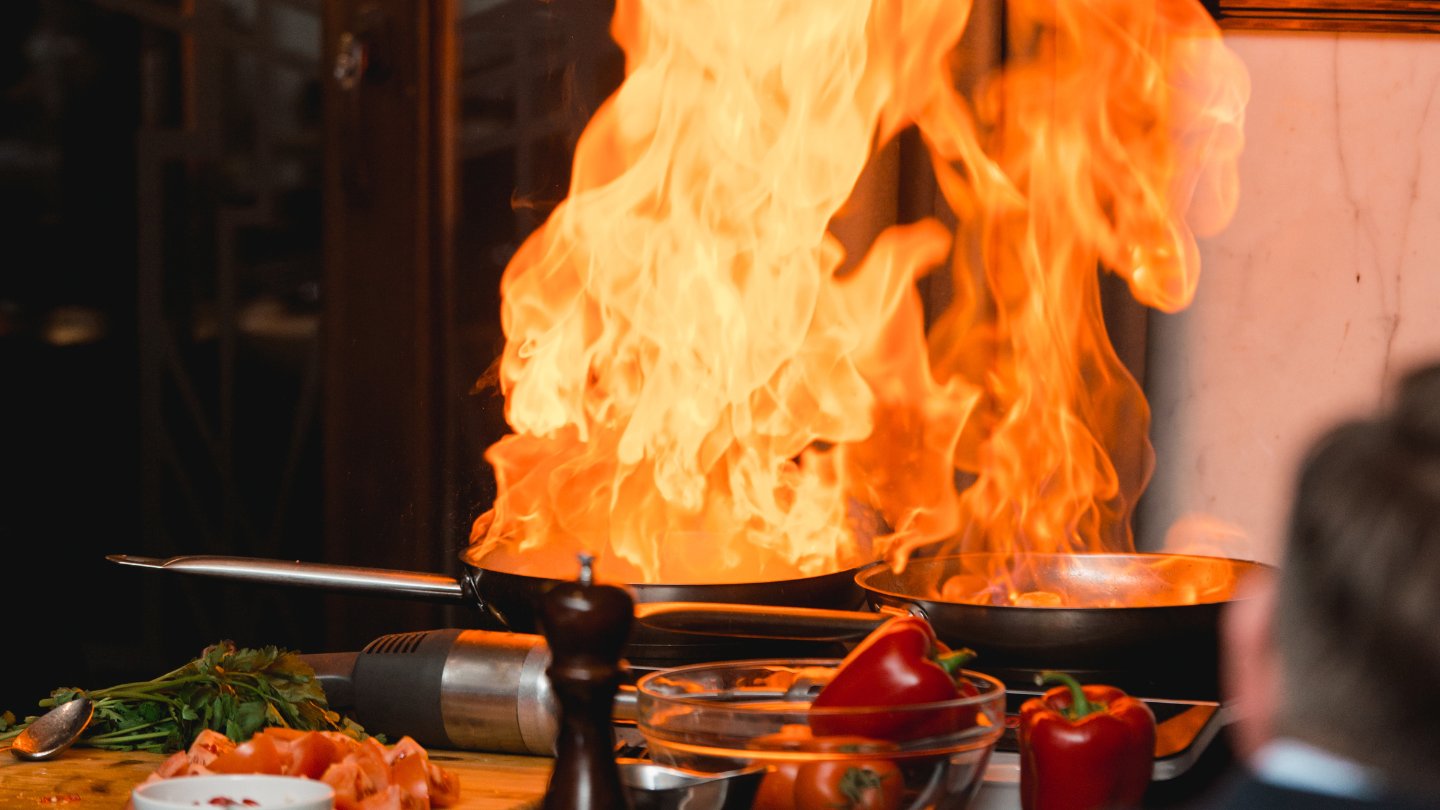
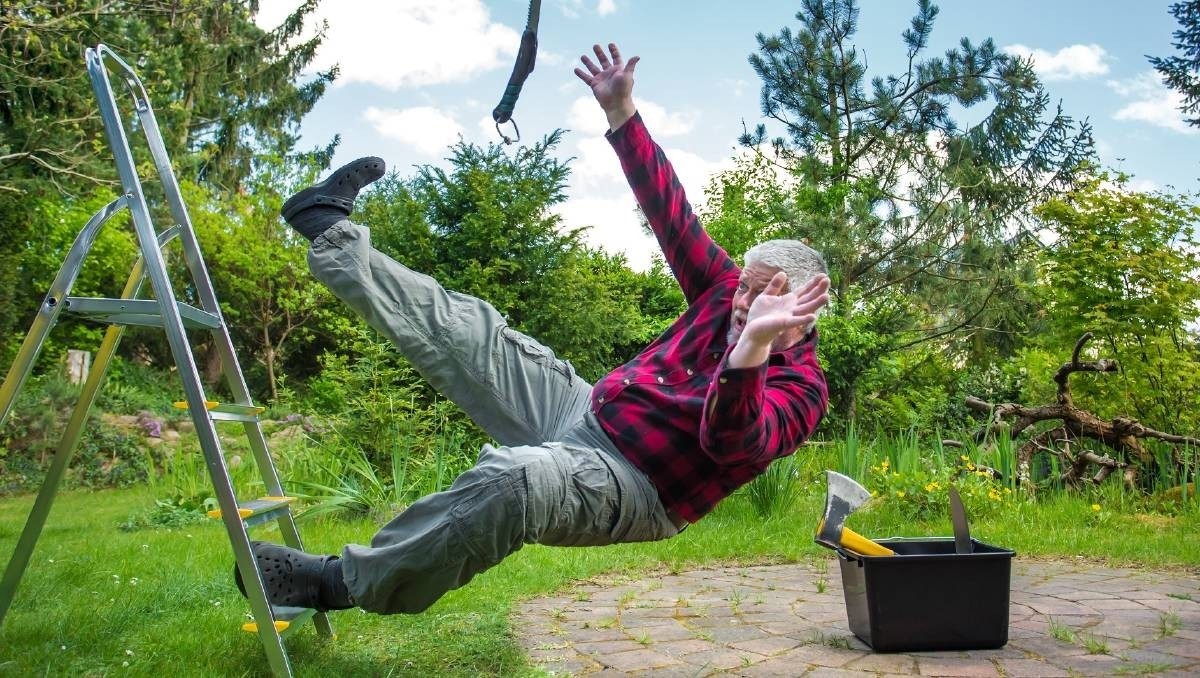
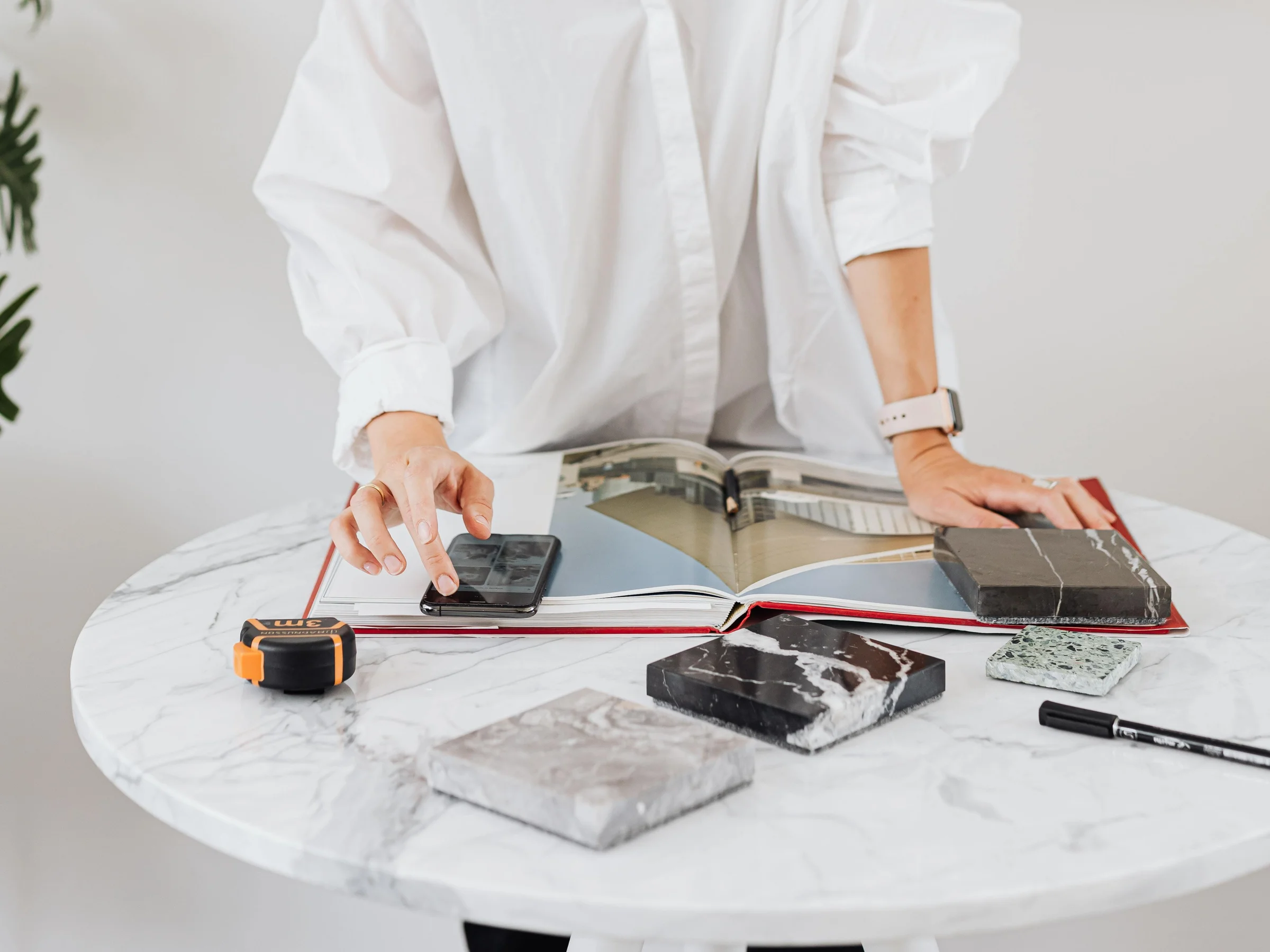
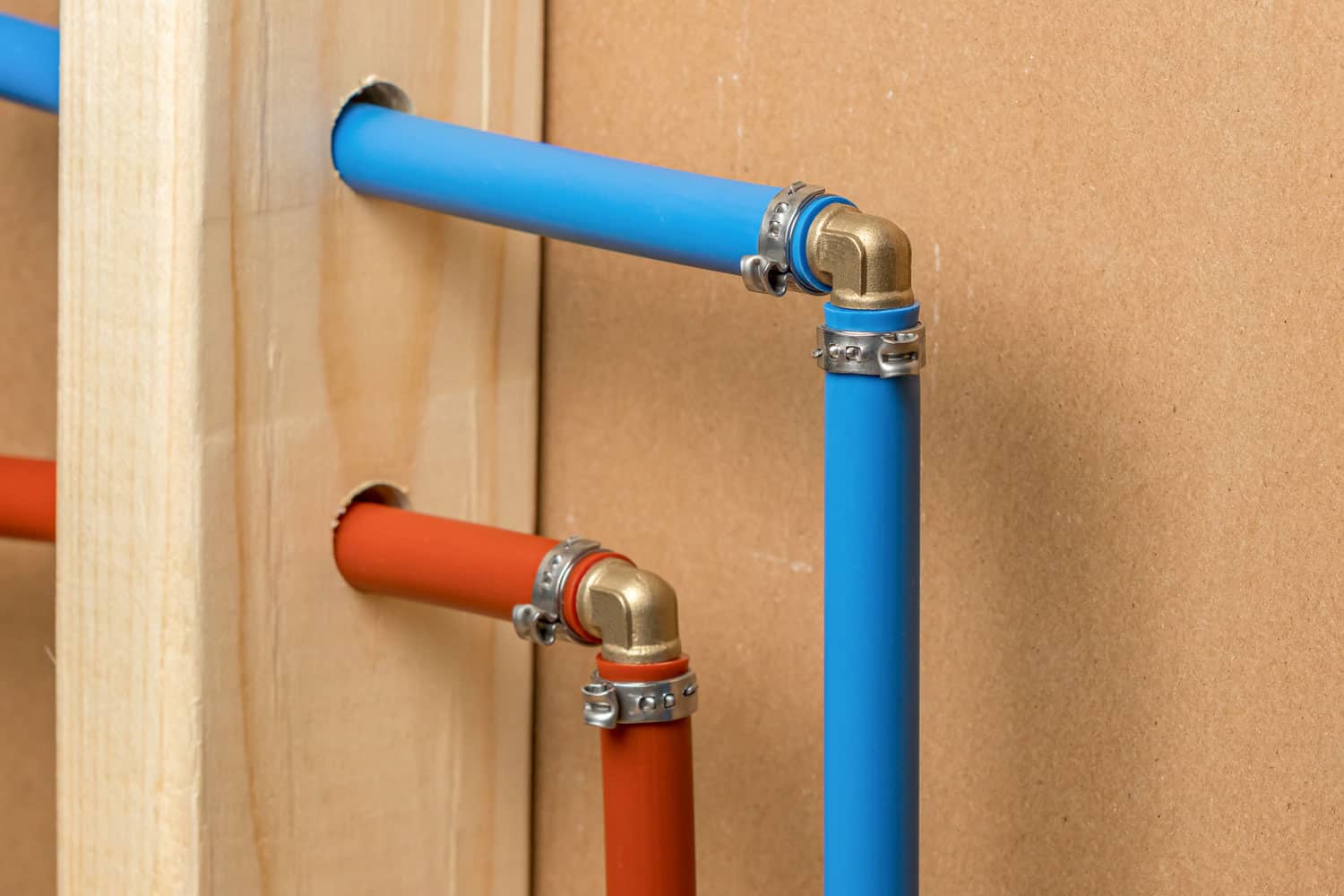
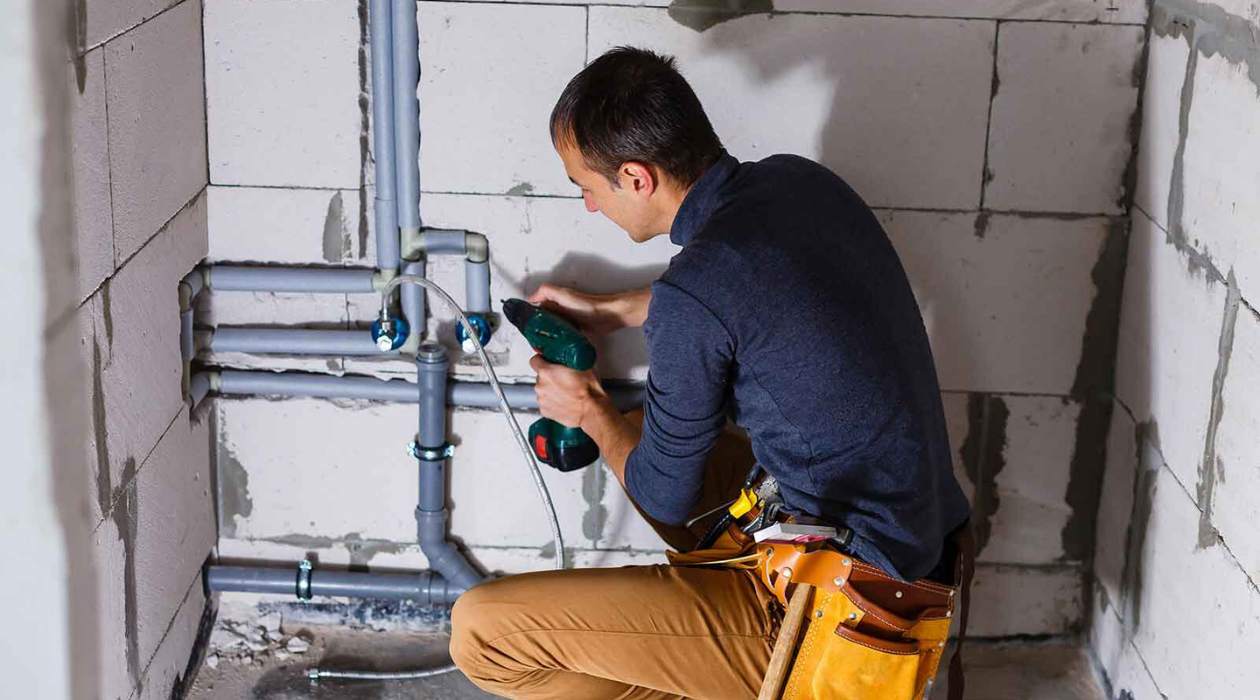
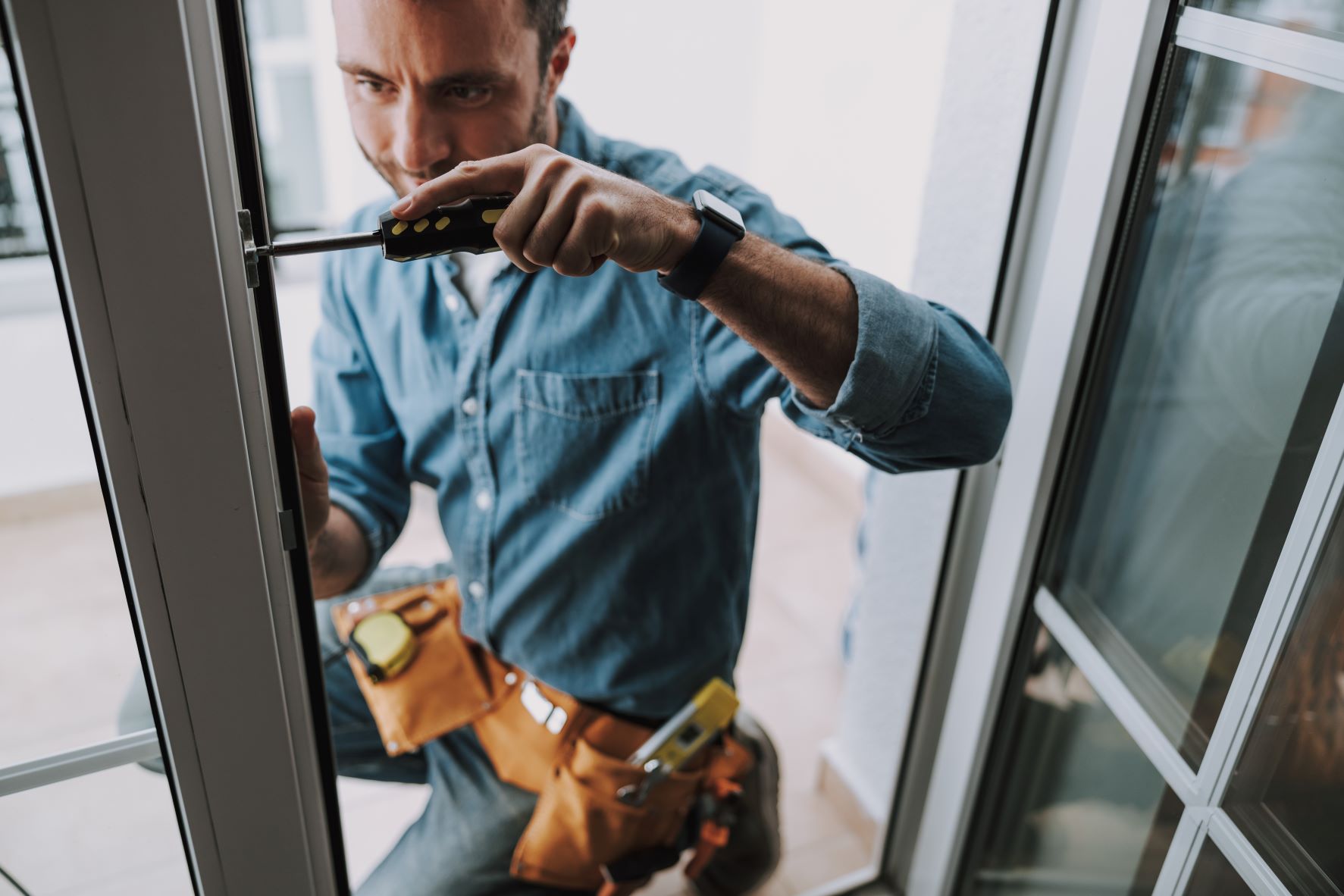

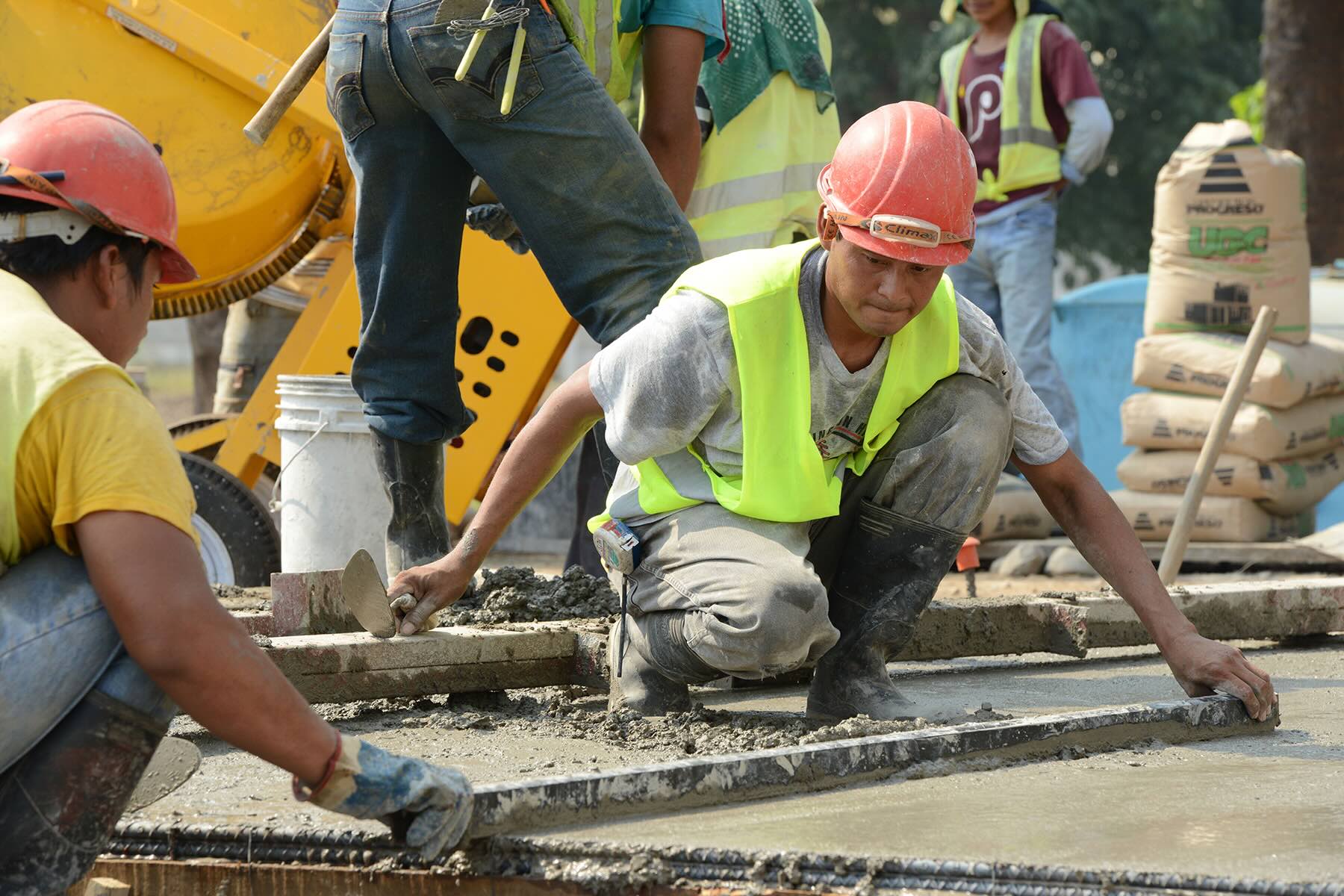

0 thoughts on “What Are The Safety Precautions In Doing Plumbing Jobs”